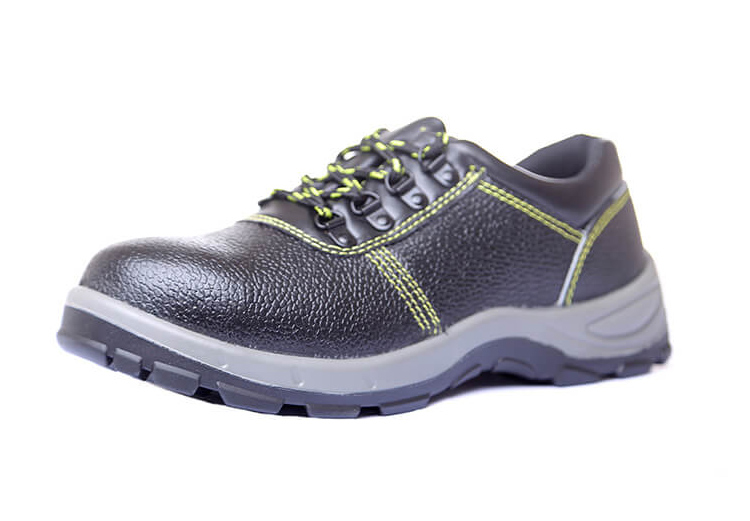We wear safety shoes in order to have a strong protective layer when danger comes. And if you choose improperly, the likely result is: safety shoes are not safe.
So, how do we choose a pair of high-quality safety shoes? After summarizing, MKsafety® believes that it can probably be screened from the following aspects.
How to choose high-quality safety shoes?
1, the identification of shoe upper materials:
Nowadays, the common materials for safety shoe uppers in the Chinese market include: suede leather, film leather, shredded cowhide, cowhide, etc. In recent years, in order to keep pace with the EU CE standard, some domestic manufacturers have begun to import foreign thickened water that meets European standards. Cowhide. Since the appearance of the film leather material is very similar to that of cowhide, many consumers are unable to judge. Now we will compare and analyze the two materials.
One look: cowhide (the type of leather, in the leather products industry, it is a customary name for people to distinguish synthetic leather). The surface has obvious irregular patterns and natural pores. It is resistant to cold and folds, and has good breathability and perspiration performance; transfer film leather Collectively referred to as natural synthetic leather, it is an artificial surface layer pasted on the loose flesh surface fiber layer of the lower layer of natural leather. Its grain pattern is similar to that of natural leather, but it has no pores and feels hard, but it has good waterproof performance.
2. the feel is plump and elastic, the leather that does not feel cold to the touch is dermis, and most of the leather that is hard and cool is transferred film leather.
3. Observation from the cross section: There is no obvious film layer in the cross section of the dermis. If you scratch the base with your hands, you will find fluff and become longer and longer. This is the most obvious manifestation of the fiber base (dermis base); Leather is made on the loose fleshy surface fiber layer or fiber grinding under the natural leather, bonded by a high pressure adhesive to form a sheet, and then attached to an artificial surface layer. Scratch the surface layer with a knife. Some surface layers can be adjusted Small pieces flake off.
Second, the production process:
The domestic production process of safety shoes is divided into: molding, injection, gluing, and seam. Injection safety shoes are light, the sole and upper have high viscosity. The outsole is usually made of polyurethane material, which is wear-resistant and waterproof. Adhesive shoes are a traditional process with a long production history. Generally, the soles are made of rubber and other materials with shoe glue and Shoe upper bonding; the price of sewing the tire sole shoes and the molding process is relatively cheap, which is a low-end product, so I won’t introduce it here
Third, the shoe materials of safety shoes:
Toe protection safety shoes require steel toe caps, anti-puncture safety shoes require steel bottom plates, anti-static shoes require anti-static agents and anti-static wires, etc. Observe and conduct protective performance tests to understand whether they meet the supplier’s certified product level. Whether the quality of shoe materials meets the requirements.
Fourth, product comparison:
The conventional comparison is divided into two methods. One is the anatomical comparison of the cross-section of the finished shoe. After the appearance process is compared, the safety shoe is cut in the longitudinal section. After the cut, the upper section, the auxiliary material section, the sole section, the steel toe, and the steel bottom can be clearly observed. As with the internal structure and internal craftsmanship of the shoe, it is worth mentioning that the density of the single-density sole section is the same, and it is harder to press by hand; on the section of the dual-density sole, you can observe the obvious difference in the density of the upper and lower layers. The upper layer has a low density and the lower layer has a high density. It is very elastic by hand; if the sole is two-color molding, but the cross-sectional density is the same, it also belongs to the single-density category. The second is to try on. Trying on can compare the comfort of safety shoes, and feel the comfort of shoes by walking, squatting, kicking, and stepping heavily.
Written at the end: Safety shoes are just a protective tool, and the most important thing is to be alert to potential risks all the time. Without good safety meaning, I believe that even the best safety shoes are useless. Regarding how to choose safety shoes, it may not be suitable for every type of consumer. At this time, what you need is a safe and secure safety shoes brand.





